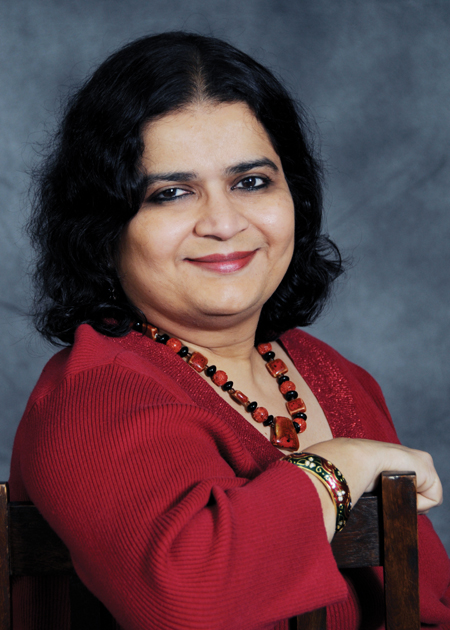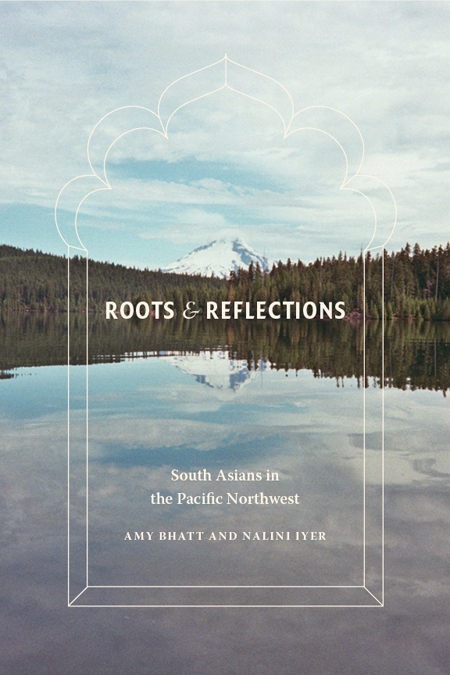Writing: First Person Singular

Memoirs have long been popular with readers, and not just in the West. The Indian subcontinent has a robust tradition of autobiographical narratives. Now, South Asian writers living here and in other countries are also eagerly telling their diasporic stories.
A memoir craze started in the U.S. publishing industry in the 1990s, and we saw bestsellers such as Barack Obama’s Dreams from My Father (1995), Mary Karr’s Liar’s Club (1995), and Frank McCourt’s Angela’s Ashes (1996). More than two decades later, that craze shows no signs of receding. Personal accounts of people’s lives continue to strike a chord with readers. Some call this phenomenon a “hunger for reality.” Others suggest it might be “wisdom-sharing.” Still others insist that these tomes are nothing but a “coping mechanism” for the writer.
“I have more freedom when I write fiction,” says Isabel Allende, Chilean-American novelist and author of several memoirs, including The Soul of a Woman. “But my memoirs have had a much stronger impact on my readers. Somehow the ‘message’, even if I am not even aware that there is one, is conveyed better in this form.”


Prof. Anu Taranath is a speaker, facilitator, and educator at the University of Washington, Seattle.
So, what’s a memoir and what are some topics a memoir might deal with? The French word mémoire means memory. A memoir then is a life story or reminiscences by an author, self-examinations in other words, that can also make use of imagination. It is about experiences you’ve gained, which you want to pass on to others.
While an autobiography covers a person’s entire existence, a memoir focuses on a selected time-period. An autobiography is often reserved for an extraordinary life. A memoir can depict an ordinary existence imbued with insight. The topics a memoir covers can be as varied as war, travel, addiction, parenthood, dealing with loss, as well as an undertaking, whether related to a job or hobby.
Professor Anu Taranath, author of Beyond Guilt Trips: Mindful Travel in an Unequal World, says that her personal and professional experiences have shaped her memoir. “My family are Indian immigrants who have journeyed from a less-resourced country to a wealthier one. We are also people of color who are not Black. Both of these facts have shaped my experiences of what home means, being American, being different, experiencing racism, and feeling like I belonged or not. On the professional level, my work as a racial equity and diversity consultant in the U.S., along with my work in global travel and international education, have brought all these different conversations into one frame as well. Beyond Guilt Trips is undoubtedly the book that only I could have written and incorporates many of these experiences.”

 Prof. Aruni Kashyap, Director of Creative Writing Program at the University of Georgia, Athens.
Prof. Aruni Kashyap, Director of Creative Writing Program at the University of Georgia, Athens.
What makes a successful memoir? “I think a successful memoir is something that presents the experiences of the memoirist in such a way that we are totally immersed in their life,” says Aruni Kashyap, Director of Creative Writing Program at the University of Georgia, Athens “It should have the same continuous dream-like quality as good fiction.” Kashyap also writes and translates from Assamese.
“I think successful memoirs are those that have compelling stories and a distinctive authorial voice in them,” says Nalini Iyer, author, editor, literary critic, reviewer, a voracious reader, and a professor of English at Seattle University. “The reader needs to be able to relate to the narrator while also seeing the narrator’s life as distinctive from their own. Memoirs need to be well-crafted and in many ways the craft of memoir writing is like that of good literary fiction—control of craft, compelling storyline, relatable narrative voice, the creation of a world/setting that is memorable. Publishers and marketing play a major role in making memoirs successful. Successful memoirs often have a plot line focused on self-discovery and conquering adversity. I sometimes think that there is a voyeurism in the reader to want to gawk at people’s traumas. They draw readers in because they often revolve around specific events and are memories and experiences of ordinary people, not celebrities.”
What about our desi authors? Have they made in-roads in this genre? The answer is yes. The most talked-about desi memoirs from the first two decades of this century include Salman Rushdie’s Joseph Anton (2013), the pseudonym Rushdie used while in hiding for a decade from the fatwa, and Madhur Jaffrey’s Climbing the Mango Trees: A Memoir of a Childhood in India (2007), an account of her growing up in comfortable surroundings. Much earlier, in Meatless Days (1991), the late Sara Suleri Goodyear combined her personal journey with the history of Pakistan.
“There have been quite a few successful memoirs written by immigrants from South Asia,” says Kashyap. “India has a long tradition of memoir writing in the regional literary cultures such as Adha Lekha Dastabej by Indira Goswami and My Story by Kamala Das. I don’t think we can say that writers from the subcontinent are cagey about sharing private stuff in the public domain. Goswami’s memoir is not only emotionally honest, but also frank.”


Prof. Nalini Iyer teaches postcolonial/ South Asian literatures and gender issues at Seattle University.
“The issue of desi memoir is a bit more involved for me,” says Iyer. “In the Indian context, I think of autobiographical narratives, especially by Dalit writers (atmakathas), to be most compelling. Some writers that come to mind are Manoranjan Byapari, Omprakash Valmiki, and Urmila Pawar. The Dalit autobiography is the closest to a memoir that I find in India.”
Why do people feel compelled to write their life story? Sometimes the impetus comes from wishing to give family and friends a peek into one’s life by chronicling and analyzing significant events. This can invite scrutiny, but can also promote introspection and closeness, and thus become a legacy.
“My book uses storytelling and reflection to invite readers to consider their lives from the lens of identity, race, travel, difference, and social justice,” says Taranath. “I wrote this book because I had wanted to read something like it but hadn’t yet found anything. I wanted a book to discuss global history, colonialism, and why some regions of the world were more resourced and wealthier than others. All over the world we see communities who have/enjoy/expect more, and communities who have/enjoy/expect less. Why is this? What are the connections between these seemingly disparate contexts that are quite connected? These are some of the questions that brought me to this book.”
How does one go about putting together intimate details about their lives in a story form? “Anyone who writes is a writer; one doesn’t have to be published to be a writer,” says Kashyap. “But anyone who wants to tell their stories effectively will have to read widely.”
“Be brutally honest,” advises nybookeditors.com, a website meant for memoir writers. “Vanity can kill your memoir. In a vain attempt to make yourself look better you may be tempted to share things that never even happened. You know, stuff like writing witty retorts that you wish you said at the time (but didn’t). Don’t do that. The beauty of your story is in its brutal and vulnerable honesty. It’s okay to be human. In fact, it’s required when writing a memoir. By avoiding or decorating the truth, you’re cheating the reader. Plus, they probably know you’re lying anyway—and that’s when you’ll lose them.”
“I started out hoping to write a book that was more engaging, accessible, compelling, interactive, and story-based than much of the academic literature I had read as a graduate student and professor,” says Taranath. “The problem was that I didn’t really know how to do this! I therefore spent much of my book writing time learning how to write the way I wanted this book to read. I devoured many books and essays on craft, interviewed authors, and ultimately learned how to be more comfortable playing on the page. I wanted the way I wrote this book to match the kind of conversations I hoped the reader would be having with themselves and others in their life. And that meant learning how to write with courage, vulnerability, openness, and a commitment to connection with our own selves and that of others.”
And that sums it up nicely.
Bharti Kirchner is the author of eight novels and four nonfiction books. Her latest is Murder at Andaman: A Maya Mallick Mystery. She can be reached at bhartik@aol.com.
Enjoyed reading Khabar magazine? Subscribe to Khabar and get a full digital copy of this Indian-American community magazine.
blog comments powered by Disqus










